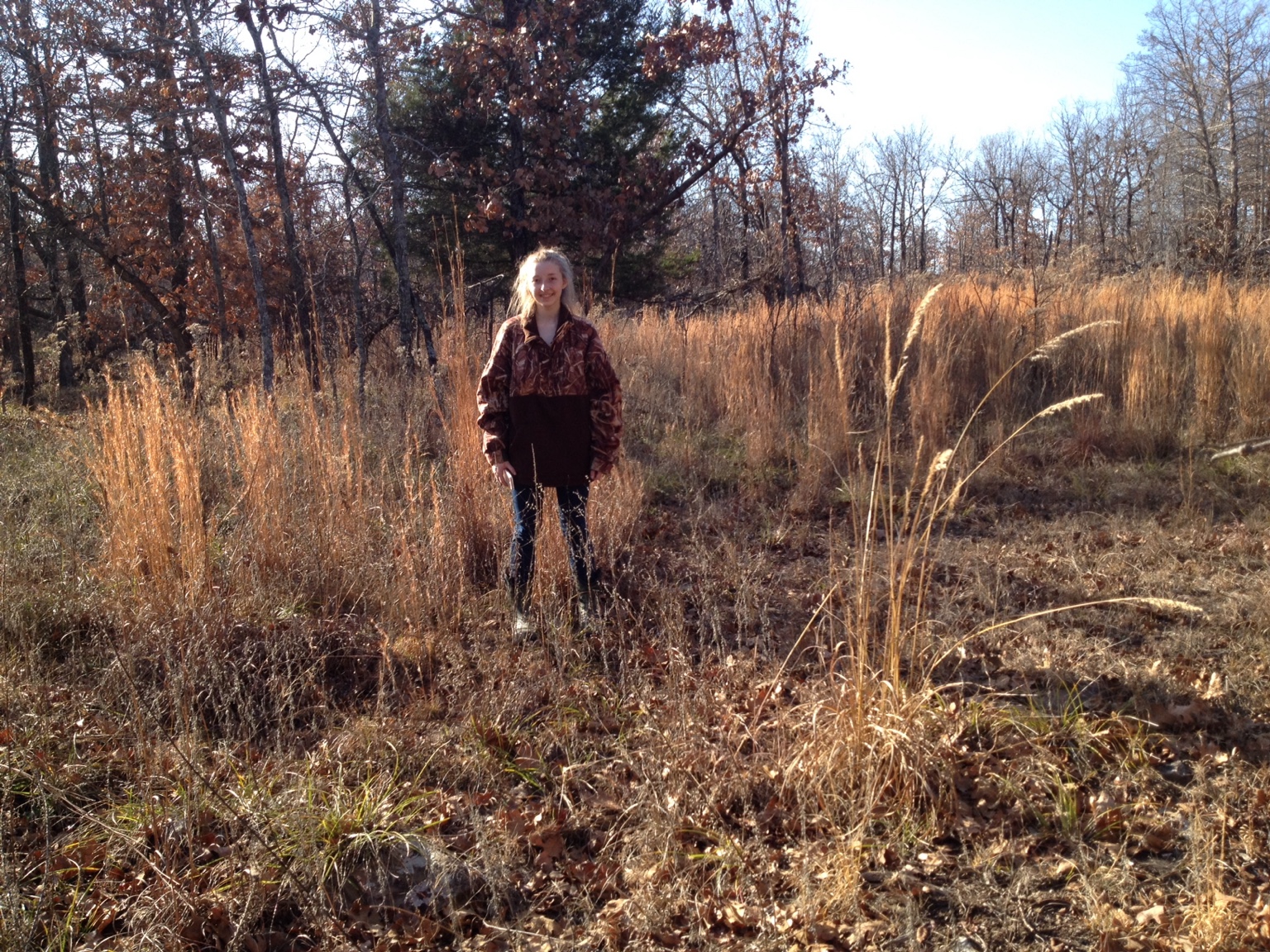When the time comes I'll look a lot closer into it. I looks like I need to go into someone's office and ask some specific questions.
You can find the CSP application paperwork and supporting formation online for some states (Think I found a PA form and supporting information from ND)......your state form will be essentially the same questions. The application is MUCH more detailed than in the past so you will need to have good access to e-maps for measurement and a rough idea of plant composition on the landscape. It also takes some time to research the questions as they are not explained in detail on the form.Took me 2-3 weeks on the application. 'Rating points' are determined from the application....then pay schedule for each job is determined by points and unit of measure (ac, ft or whatever). I think they did it this way to weed out people who milk the system. CSP is basically for beginning farmers/ranchers, ethnic groups, and innovators.....people essentially who need help getting to the end goal of sustainable management. Each conservation district within each state will only get a certain amount of money annually....so there is competition for funds and agency preference for use of those funds.
Hoping the pay for burning on CSP is better than EQIP. My cost to burn (including gas, food, torch fuel, hire labor etc) runs $25-30/ac...at 30 ac cost is $900.....EQIP provides $6/ac for the burn ($180) and $80 for 1 season grazing deferral.....so $260 in cost share. Since we cut/blow breaks rather than doze, we don't incur erosion mitigation or revegetation expenses. We do lose a second growing season of grazing to allow full plant recovery from fire, then graze dormant season. I was working with them to get mown/blowed breaks allowed into the burn plan.....as that is one of the methods the Noble foundation and other top burn agencies recommend. It kinda bothers me that a conservation district will pay to doze a lane on low productivity erodible land. I have dozed seismic lanes from the 80s which to this day do good to grow 8" tall three-awn....the loss of a little topsoil can have dire consequences! I was displeased with cost EQIP share for burns due to above mentioned economics and land concerns....maybe CSP will differ there!
Is $260 important?.....depends on your disposable income....it will pay for 2 new drip torches....or ~3 days of hired labor! Which is a little more than we had starting out!
If you are wanting to intensify grazing and need more hard fenced paddocks to create 'cells' (which I do recommend....say 400 ac is broken into 4 hard cross-fenced cells of 40-200 ac in size) and more ponds for stockwater/better grazing distribution is needed, then EQIP is a good program to look at. Each cell is then broken down into paddocks with temporary fencing (at your expense). The only stipulations for those is a 3 yr time frame to complete work, specs on H-braces/corners, minimum lineal ft (I think)....and.....minimum pond yardage, a minimum depth below spillway, and dam/bank slope specs. Cost share on the fence will help pay for extra expense of good long-term coated wire and pipe corners (and labor if your time is short) for better long term economics of hard fence...or if there are special fence needs for certain wildlife (say lesser prairie chicken), then there is share on that fence type too...aka 'wildlife friendly fencing' which is popular out west. EQIP does NOT pay on perimeter fence install/replacement nor on repair/replacement of existing hard cross-fence. I was pleased with cost share on both hard cross fence and on ponds. Intensive grazing under CSP basically involves increasing paddock numbers by 75% and the funding helps pay for infrastructure cost of that (which can include temp fencing, wells, water lines, tanks, etc etc). I will save the post on our next CSP obligations for a later date in time.
One big perk, these programs have afforded us is increased flexibility to cope with an ever changing ecosystem!
Ranching, even low input, has a narrow profit margin window due to commodity market volatility....and many times the wildlife side is a money sink (or squirrely tax deduct) rather than a profitable enterprise. Undertaking steps to reduce cost of practices which favor good long term farm family economics for the 'average Joe' and sustainable land use is something IMO which should be 'rewarded and encouraged'!
In my country right now, there are folks lined up at FSA filling out forms for 'drought relief pay' on cool season pasture! Which is nothing more than 'subsidy pay' or 'welfare' because one has a management plan which fails in dry seasons and succeeds in only wet seasons. The same folks could be in the NRSC line for EQIP and CSP money to help cover some of the infrastructure cost of planned grazing which takes into account forage shortage and slow growing conditions. Are they out of cool season pasture because of weather?.....or are they out of cool season pasture because of poor planning? (ie inadequate recovery time allowance for less than average growing conditions...or too late planting).
As I have said many times no two years are the same.....and the time span from January to April can be quite long and challenging for the grazing/browsing animal. Adequate grazable forage regrowth was to be had in 70 days last winter.....this winter 90+ days are needed for the same height of forage but with less density. It does me little good to rant about gov't 'welfare' programs or belittle those who partake. It does more good to contemplate a plan for going from one end of the ranch to the other in 150 days with each move onto fresh forage to cope with truly poor growing conditions while keeping 41 head of cows content, productive, and on less stored feed than average. What do we need for that 150 day plan?....logistics?....supplies?....infrastructure costs?....capital improvements?

